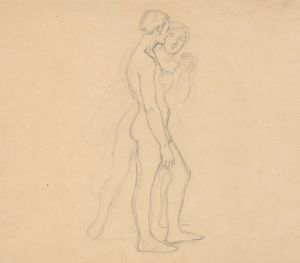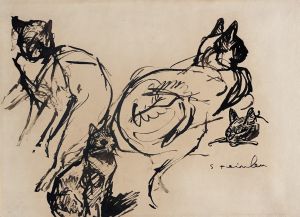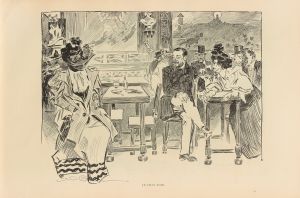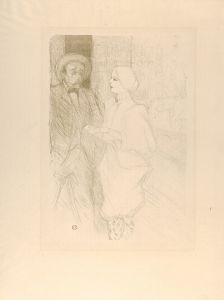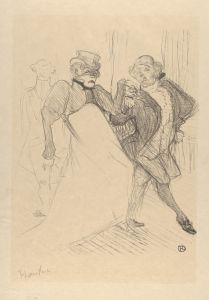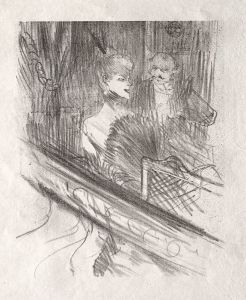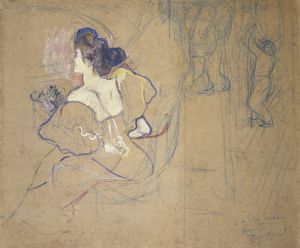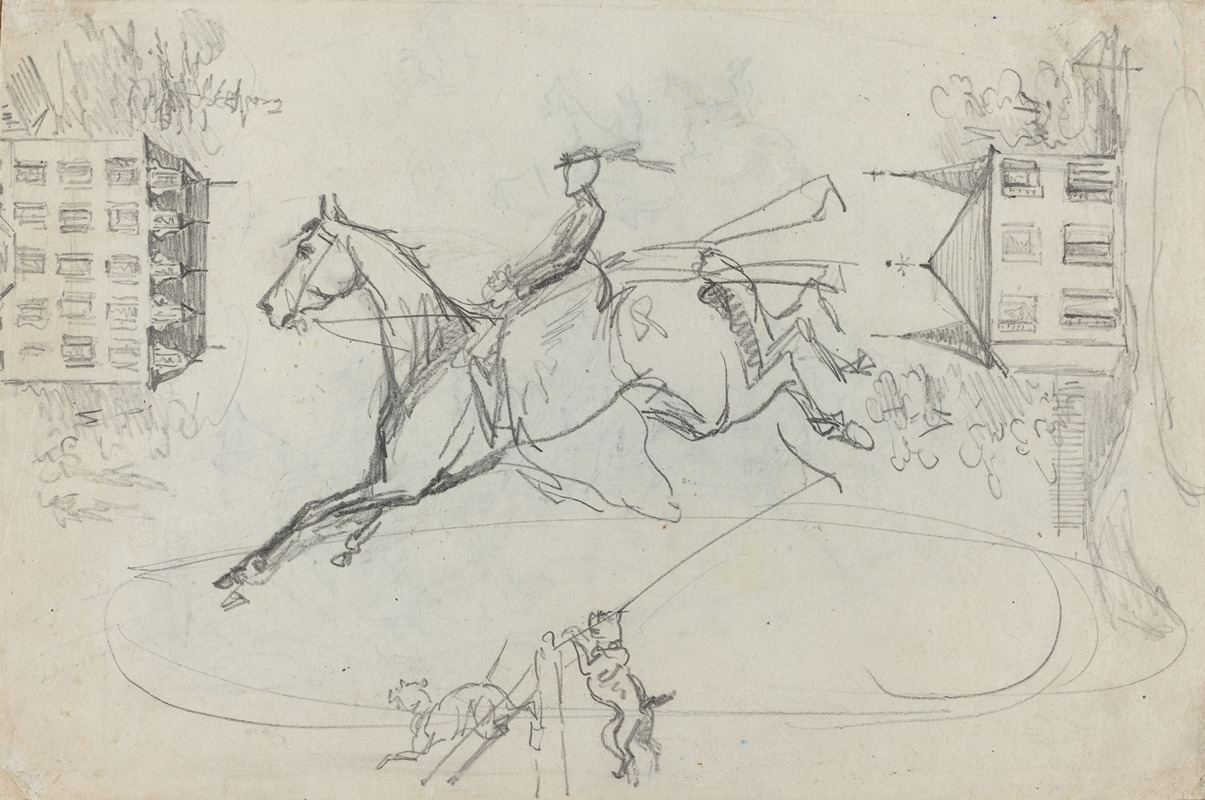
Sheet of Sketches
A hand-painted replica of Henri de Toulouse-Lautrec’s masterpiece Sheet of Sketches, meticulously crafted by professional artists to capture the true essence of the original. Each piece is created with museum-quality canvas and rare mineral pigments, carefully painted by experienced artists with delicate brushstrokes and rich, layered colors to perfectly recreate the texture of the original artwork. Unlike machine-printed reproductions, this hand-painted version brings the painting to life, infused with the artist’s emotions and skill in every stroke. Whether for personal collection or home decoration, it instantly elevates the artistic atmosphere of any space.
Henri de Toulouse-Lautrec, a prominent French painter, printmaker, draughtsman, and illustrator, is renowned for his depictions of the vibrant and theatrical life of Paris in the late 19th century. One of his works, "Sheet of Sketches," exemplifies his skill in capturing the essence of his subjects with economy and precision. Although specific details about "Sheet of Sketches" are limited, it is reflective of Toulouse-Lautrec's broader oeuvre and artistic approach.
Toulouse-Lautrec was born on November 24, 1864, in Albi, France, into an aristocratic family. Despite suffering from health problems that stunted his growth and left him physically disabled, he pursued an artistic career with determination. He moved to Paris in 1882, where he studied under prominent academic painters and immersed himself in the bohemian lifestyle of Montmartre, a district known for its vibrant nightlife and artistic community.
"Sheet of Sketches" likely consists of multiple drawings on a single sheet, a common practice among artists to explore different ideas or capture fleeting moments. Toulouse-Lautrec was known for his ability to convey movement and emotion with minimal lines, a technique that would be evident in such sketches. His sketches often served as studies for larger works, allowing him to experiment with composition and form.
Throughout his career, Toulouse-Lautrec's art was heavily influenced by the Impressionists, particularly Edgar Degas, whose work he admired for its unconventional compositions and focus on contemporary life. Toulouse-Lautrec's sketches often depicted scenes from the cabarets, dance halls, and brothels of Paris, capturing the dynamic and sometimes decadent atmosphere of these venues. His subjects included performers, patrons, and workers, whom he portrayed with empathy and insight.
Toulouse-Lautrec's work is characterized by its bold use of color and innovative compositions, which often featured unusual angles and cropping. His sketches, though less detailed than his finished paintings and lithographs, reveal his keen observational skills and ability to distill the essence of a scene or character with just a few strokes.
The artist's unique style and subject matter set him apart from his contemporaries and earned him a significant place in the history of art. Despite his relatively short life—he died at the age of 36 in 1901—Toulouse-Lautrec produced a substantial body of work that continues to be celebrated for its originality and impact.
"Sheet of Sketches," like many of Toulouse-Lautrec's works, offers a glimpse into the artist's creative process and the vibrant world he inhabited. While specific information about this particular piece may be scarce, it remains an important part of his legacy, illustrating his ability to capture the spirit of an era with both sensitivity and wit.





